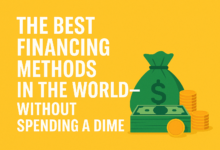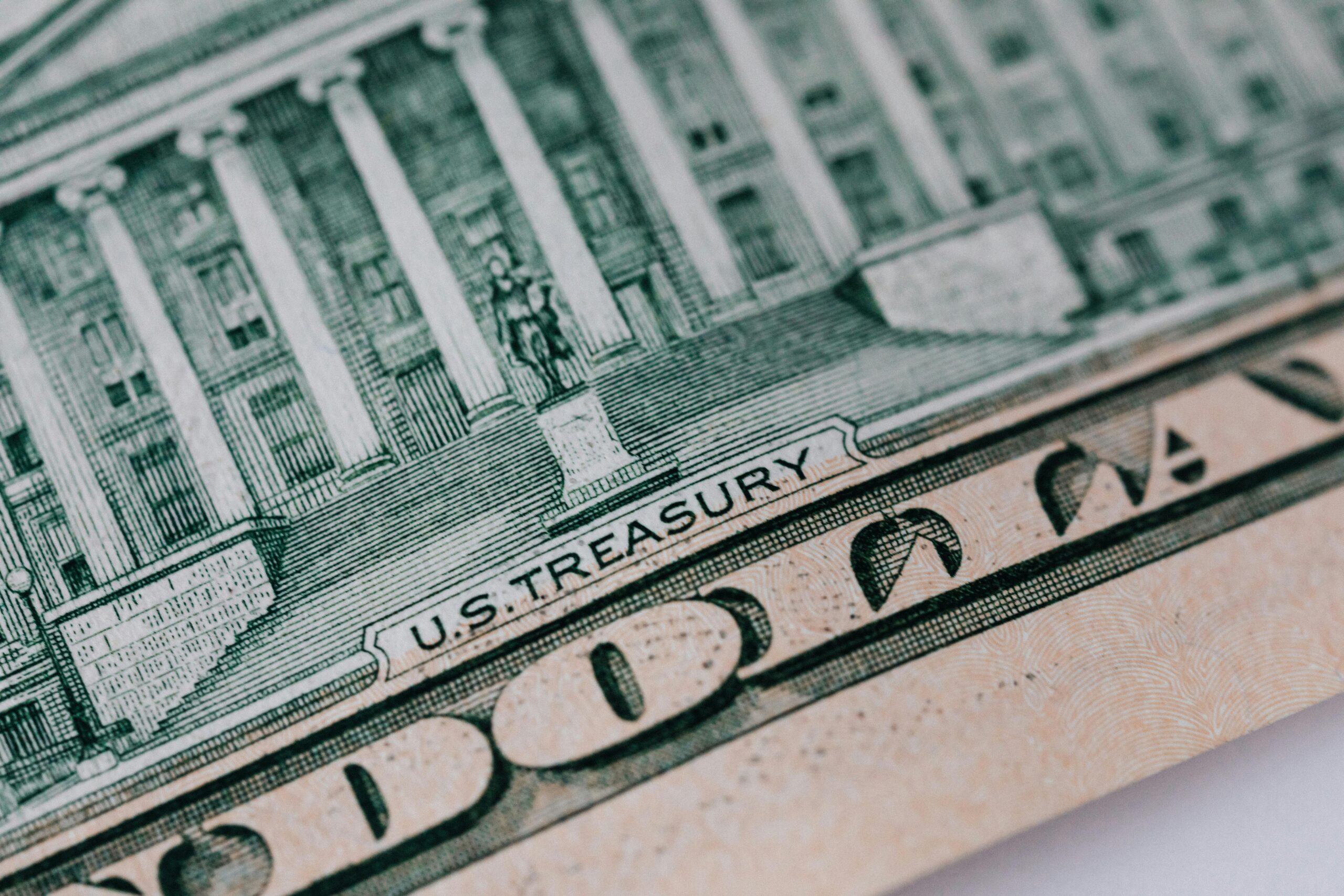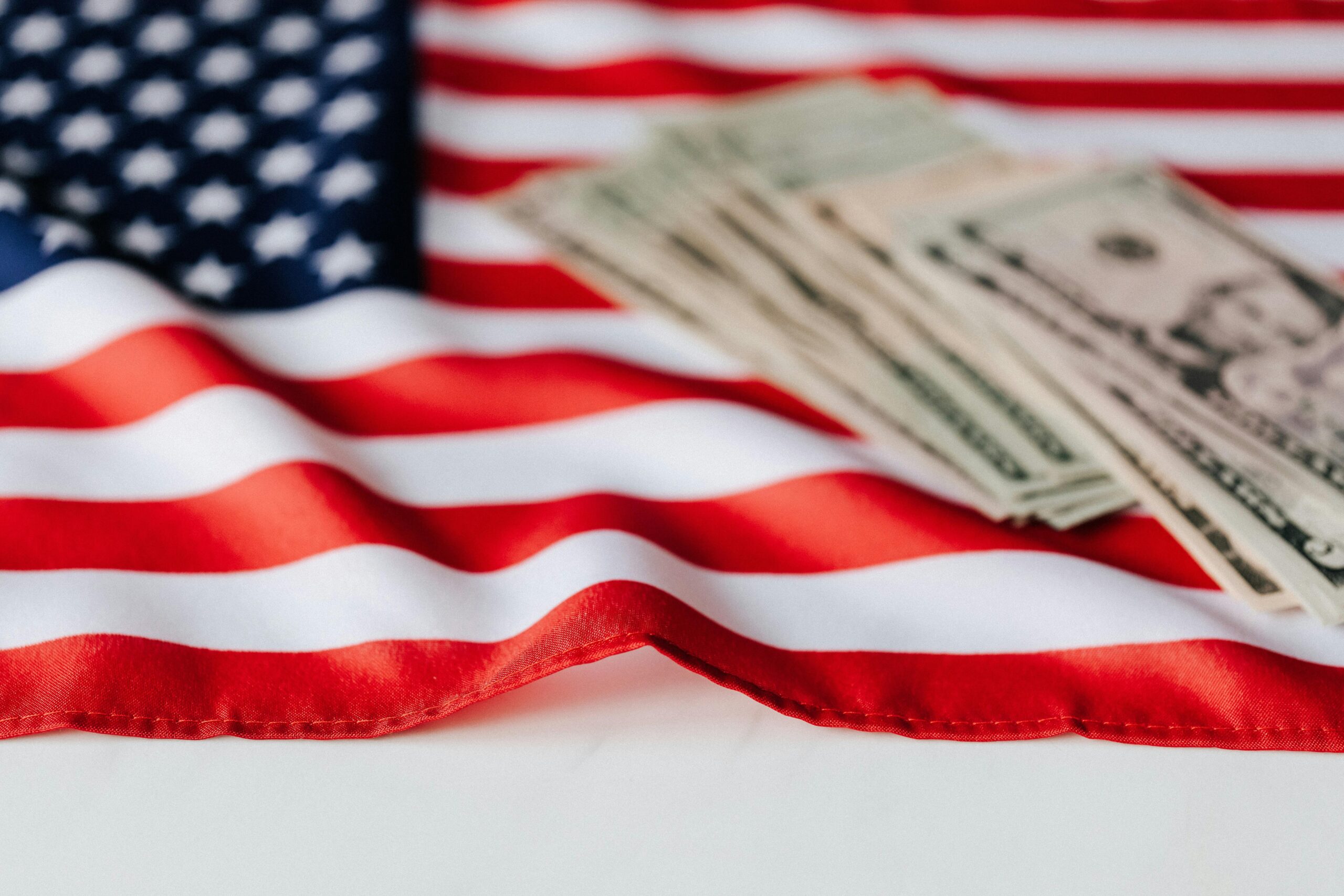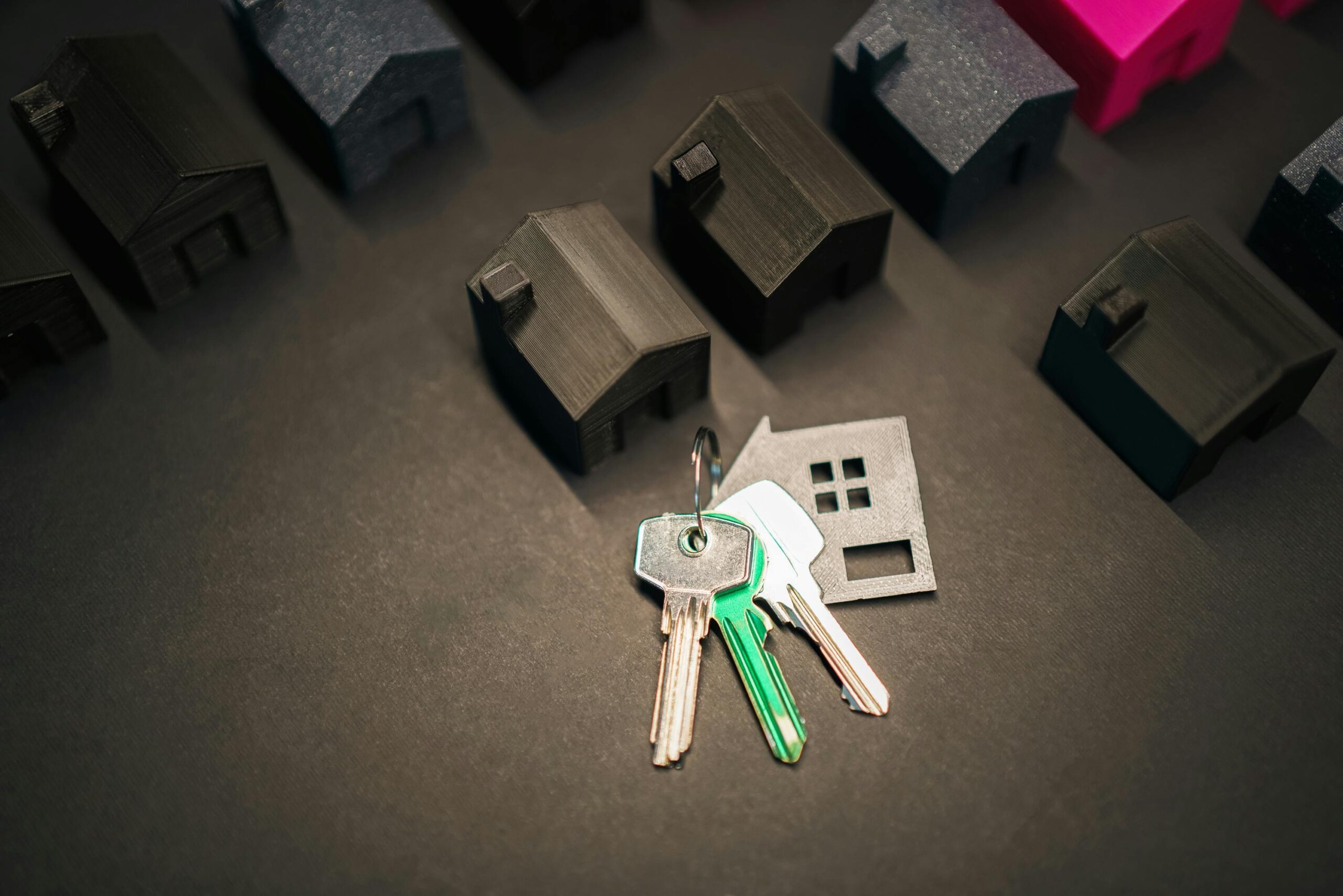As US community banks grapple with a 6.2% default rate on small business loans (FDIC Q1 2025), the original promise of inclusive finance—to empower marginalized borrowers while maintaining profitability—has devolved into a vicious cycle of aggressive lending and toxic collections. This deep dive reveals why mid-tier lenders are caught between megabank tech dominance and rising delinquencies, and how to rebuild a sustainable model.
I. The Microloan Squeeze: Small Banks vs. Tech Titans
1. The JPMorgan Effect
- Tech Advantage: Chase’s “Loan Builder” AI approves $50k SBA loans in 97 seconds using satellite crop imagery and Shopify sales data
- Cost Edge: Bank of America’s 1.8% APY microloans (subsidized by corporate treasury profits) undercut regional banks’ 5.7% avg rate
2. The Collateral Crisis
- Data from: 14-state survey of CDFIs (Community Development Financial Institutions)
- 62% of applicants lack traditional collateral
- 41% use DoorDash earnings as primary income proof
- Only 29% understand APR calculations
II. Why Collections Turn Toxic
1. The Borrower Trap
- Case Study: A Phoenix food truck owner took 3 stacked loans ($78k total) from online lenders during COVID, now faces 22% penalty APRs
- Psychology: 78% of delinquent borrowers hide from calls after 3 missed payments (UChicago 2024 study)
2. Regulatory Whiplash
- CFPB’s New Rule 2025-3: Limits collector contacts to 2x/week, bans social media shaming
- Enforcement Gap: Only 1 in 400 complaints result in fines (National Consumer Law Center)
III. The Survival Playbook for Lenders
1. Smarter Underwriting
- Alternative Data:
- Utility payments (Experian Boost)
- RentTrack history (650+ score qualifies)
- Plaid Cash Flow Insights (analyze 90-day Venmo/Zelle patterns)
2. Collections 2.0
- AI Negotiation Bots:
- Upstart’s chatbot resolves 31% of defaults via dynamic repayment plans
- Key phrase: “Let’s pause penalties if you pay 20% today” (43% acceptance rate)
- Asset Recovery Tech:
- AuctionEdge auto-lists repossessed equipment nationwide
- SkipGenius finds gig workers’ new employer via LinkedIn scraping
3. Risk-Pooling Innovations
| Model | How It Works | Adoption |
|---|---|---|
| Loan Guarantees | State-backed 80% loss coverage (e.g., CA’s Small Business Loan Guarantee) | 17 states |
| Revenue-Based Financing | Take 3-5% of sales until repaid (popular with food trucks) | 23% of CDFIs |
| Community Co-Signers | Local nonprofits vouch for borrowers (Detroit’s “NeighborBacked” program) | 11 cities |
IV. The Ethical Path Forward
1. Borrower-Centric Reforms
- “Right to Repair” Loans: Allow payment pauses for medical/divorce crises
- Debt Snowball Tools: Apps that prioritize high-APR loans automatically
2. Regulatory Sandboxes
- Texas Pilot: Let lenders use TikTok payment histories for credit scoring
- Vermont Experiment: 0% APR loans for solar panel installers, repaid via energy savings
V. What Borrowers Should Demand
- No Prepayment Penalties (61% of online loans still have them)
- APR Breakdowns in plain English (required in 29 states)
- Alternative Payment Options (e.g., Amazon seller credits)
“Inclusive finance shouldn’t mean trapping the poor in debt—it’s about giving them ladders to climb out.
— Mehrsa Baradaran, UC Irvine Law
🥳 Love My Content?
Fuel more free guides with a beer! 🍺
(Every sip makes the keyboard dance!)
Secured via PayPal • No account needed

 SinoLoanHub: Expert Business Loan Solutions for North American Companies
SinoLoanHub: Expert Business Loan Solutions for North American Companies






